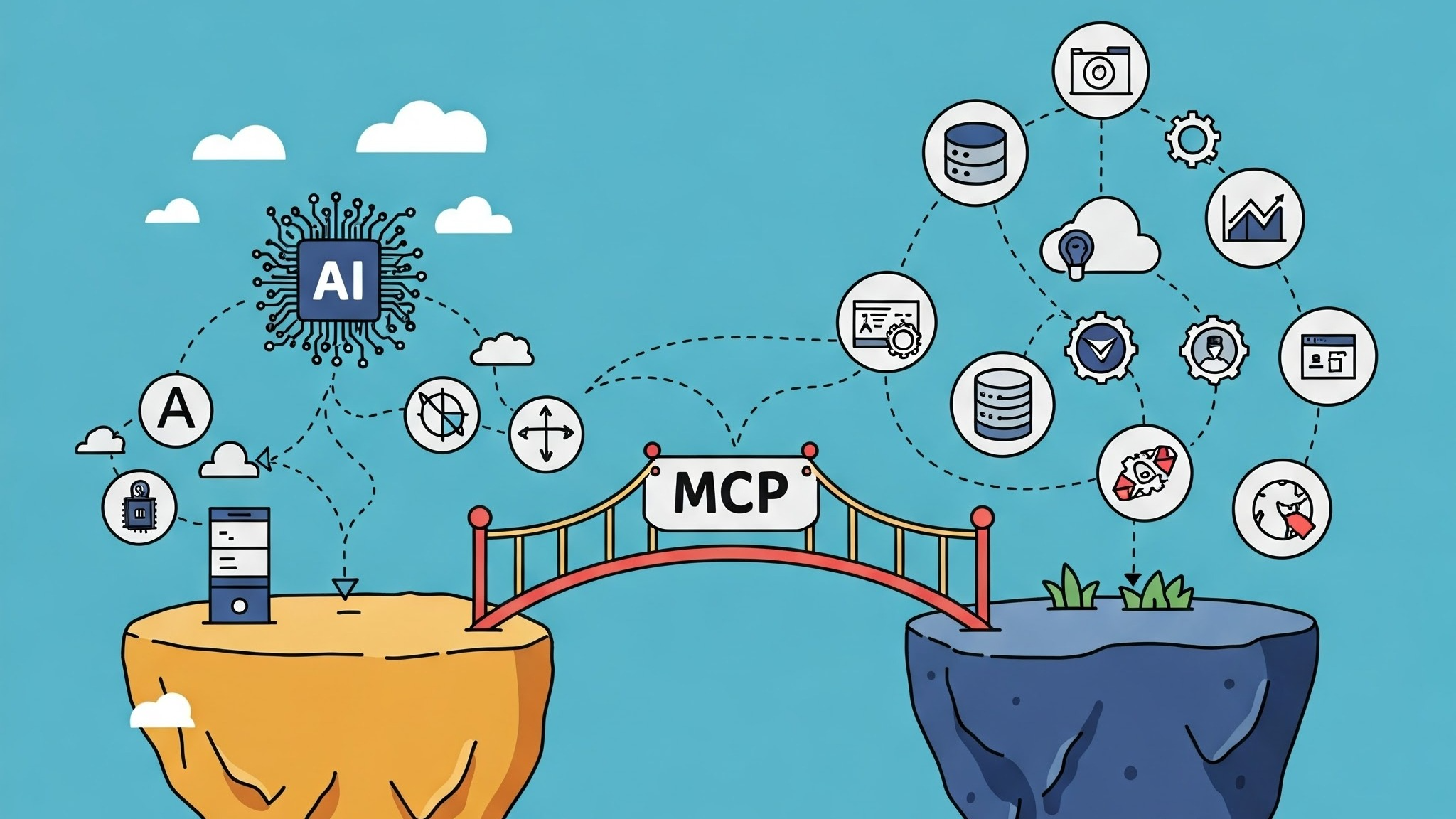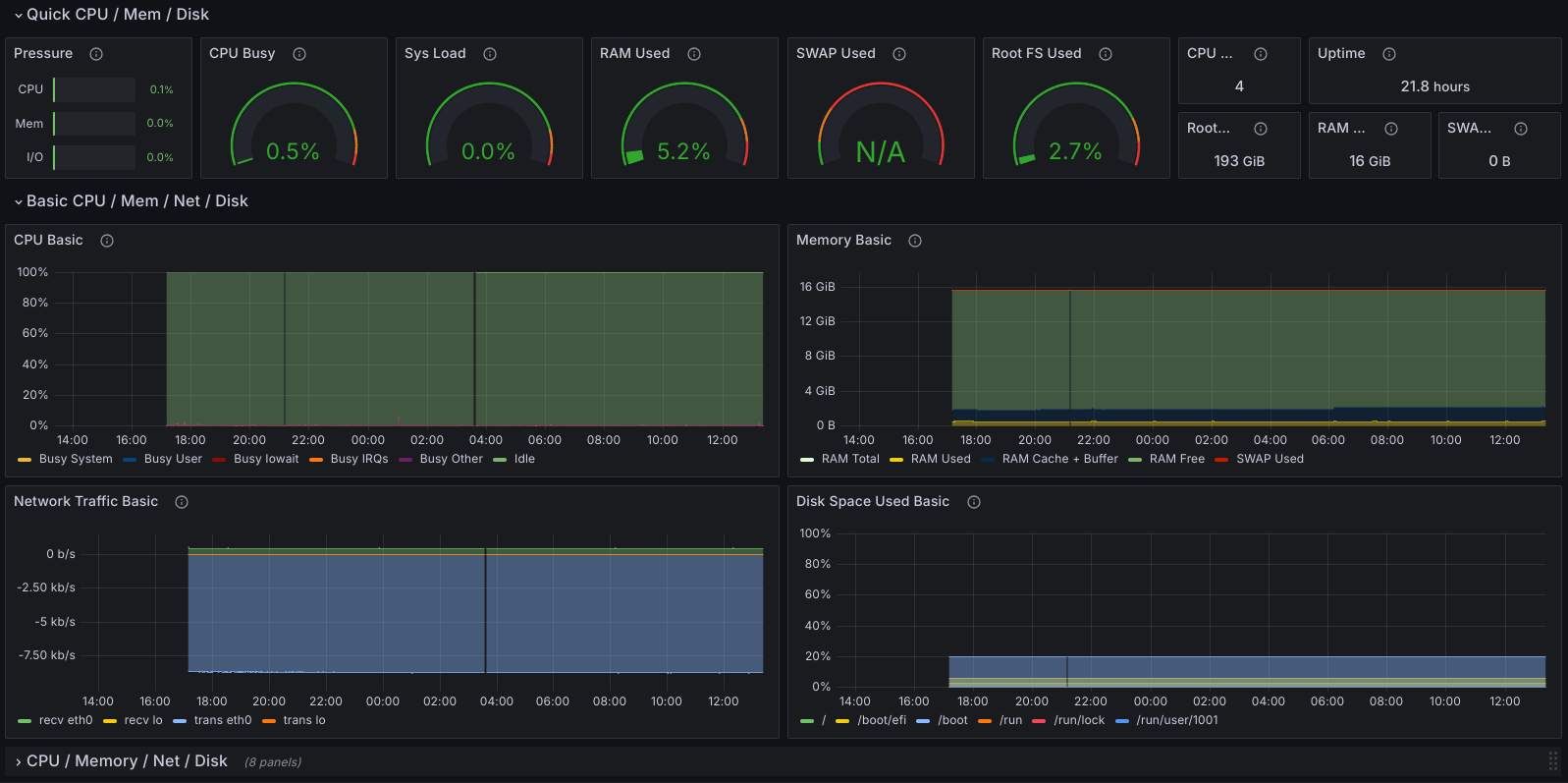This remote setup, secured with Tailscale and custom certificates, allows my Chromebook to function as a lightweight, always up-to-date gateway to a powerful development environment without local performance issues.

Twelve years later and "man" is still more similar to "doctor" than "woman"
Despite advancements over the last decade, language models like Gemini still exhibit ingrained biases. This persistent issue stems from AI’s fundamental reliance on vast, inherently biased datasets, hindering the creation of truly reliable and sensible systems.

Structuring LLM Responses with JSON Schemas
Learn how to structure responses from LLMs using JSON Schema to integrate them into pipelines reliably and effectively.

Unwitty burden of Model Context Protocol (MCP)
With an increasing number of large language models (LLMs) being released, the Model Context Protocol (MCP) is a new standard that aims to provide a common framework for LLMs to communicate with each other. But what does it mean for the future of AI?
How to setup VS Code remote SSH with a jump host?
The VS Code remote SSH extension is great for working on a remote machine but by default it allows for direct access to the remote host. In this short info post, I will look at how to setup VS Code remote SSH extension to use a jump host.
Understanding Markov Decision Processes (MDPs)
Markov Decision Processes (MDPs) are a mathematical framework used to model decision-making problems and are at the heart of reinforcement learning. I want to build a step-by-step understanding of MDPs explaining each component in detail.

Imperial College Machine Learning - Neural Networks
There has been a lot of buzz surrounding neural networks in recent years with achievements made throughout various domains such as computer vision and natural language processing. But what on Earth are they? In these lecture notes and corresponding lectures we will explore, investigate and dissect some of the ideas behind neural networks.

Wishoom: Engineering a system to send messages to the universe
As part of a charity project, I was recently involved in building a platform to send messages to the universe using lasers. It turned out to have a lot of interesting challenges and solutions.
How to use Caddy server certificates for non-http traffic?
Caddy server is a great web server for securing connections automatically using TLS. But it is geared towards HTTP traffic. If you have other services running on the same server that require TLS, you can use Caddy’s certificates for them as well.

How to Setup Grafana and Prometheus with Docker Compose?
With a single docker-compose file, you can setup Grafana and Prometheus to monitor your infrastructure. It is easy to setup and maintain.